Hands On with the Razer Edge
Purchase Price: $399.99
The Razer Edge is a fascinating product from the long tenured gaming company. If this had come out 5 years ago, it easily could have been a must buy for gamers looking to play seriously on the move. There’s so many high quality products in 2023 that it will be interesting to see exactly where the Edge falls into place. I got our unit in just a few days after pre-ordering it and while I’m still not sure what we’re going to use it for, I was still quite excited to open the device up and get my hands on it.
It’s a Razer Alright
The unboxing experience was quite Razer-like; a green and black accented box highlighted by an image of the two products on the cover greeted me as I popped that lid open. I say it’s two products because the Razer Edge by itself is a small tablet. When combined with the mobile controller known as the Kishi V2 Pro that Razer has been tinkering with for a couple iterations now, it then forms into what we classify as the Razer Edge gaming console.
What we get inside the box is pretty straight forward. There's the gaming handheld which is the tablet, the upgraded Kishi V2 Pro controller, some paperwork, and a USB-C charging cable. Razer doesn’t give out charging bricks with the purchase. Immediately upon touch, I’m already impressed with the feel of the tablet body. I’ve had the Valve Steam Deck for almost a year now and I’ve gotten used to that plastic body feeling in my hands. The Edge literally has aluminum chamfered edges reminiscent of a modern day smartphone. It sports a slightly ballooned backing that is rounded to fit pretty comfortably in my horizontal viewing grip. Of course you’ll be holding it with the Kishi grip most of the time, but this is still a tablet and can be interacted as such.
The version of the tablet we purchased was the standard $399.99 variant that does not have Verizon supported 5G support. It is simply a Wi-Fi enabled tablet. Also, unlike the 2013 predecessor from Razer that shared the same name, this modern product made a decade later runs Android instead of Windows. As an Android tablet, the Edge is powered by a Qualcomm Snapdragon G3x Gen 1 chipset. On paper this seems to be about as powerful as a flagship Snapdragon processor from a few years ago. It’s actually designed off the schematics of the SD 888+ platform. We’ll see exactly what the limitations are for the Edge when it comes to gaming and hopefully the modifications and improvements to the chipset’s core will give it an edge (pun intended),
So What are the real specs?
There’s been a little bit of a controversy brewing online as Razer advertised the cheaper Wi-Fi version to have the same amount of ram as the Verizon variant until the day orders began shipping. I received an email from the company a day after delivery retracting the information and notifying me that my product only has 6 GB of ram while the 5G model is the sole variant with 8 GB of ram as advertised. They included a $25 code to be used on the Razer website before the end of June 2023 as an apology for the misinformation. That doesn’t really do me much good as it means I’ll need to spend more money to use this compensation as Razer doesn’t really have anything for sale that $25 can cover.
While it is a slight bummer to have 6 GB of ram instead of 8 GB, it’ll be interesting to see what the Edge can actually handle anyway as currently configured. There’s 128 GB of internal storage with a MicroSD card slot for expansion up to 2 TB. That’s great because this is going to be an emulation machine for a lot of people. There’s a 5,000 mAh battery and a front facing, 5 MP 1080p camera to round out some of the features on the list.
Displaying the Edge
On the viewing side of things, the display stretches to a 6.8” body with a full HD resolution of 2400x1080p. If my math is correct, that’s a 20:9 aspect ratio that feels pretty wide to look at. While the resolution number isn’t mind-blowing, it is still an AMOLED display with a 144 hz refresh rate. That should be plenty fun to look at for a lot of games.
Around the frame of the tablet sits the volume rockers and a long power button. There are dual speakers that each occupy one side of the frame on both the right and left. A USB-C port takes up the center right frame slot in order to plug into the gaming controller. The included Kishi V2 Pro controller is an improved version of the Kishi that can only be acquired from this packaged deal (as of publishing). It now has added haptics with programmable macros, microswitch buttons, and analog triggers. I own the original Kishi controller and even though I’ve only had the V2 Pro for a couple days, I really do think this a big step up already. Every button has a satisfying click under it. When attached to the controller through USB-C, the Kishi provides an additional port in the form of the headphone jack. That’s definitely nice to have for mobile gaming. I’m looking forward to spending long hours with it to see if it holds up.
An Edge Over The Competition?
Ultimately, the Razer Edge will face stiff competition from various fronts. Will it hold an edge over the competition? The company is pushing cloud gaming as the bread and butter usage of this console. There are plenty of good options to do that exact same task on the market already. This could also be a great Android tablet, but on paper, it’s already running an outdated version of Android (12) and a mobile phone with a flagship Qualcomm chip could hypothetically perform better than the Edge. Even if it did have extraordinary processing and graphical power, it runs Android and doesn’t have access to AAA games from libraries like the Steam Deck does on SteamOS. Right now, it seems as if the modified Kishi V2 Pro is an exclusive to the Edge hardware, so that gives it a slight edge (pun not intended) over an Android phone with a standard Kishi for mobile gaming. Only Razer knows how long that exclusivity will last. Still, I’m looking forward to seeing what I can push out of the Edge and this form factor during my review time with it and to see if it’s worth the $400 price tag.

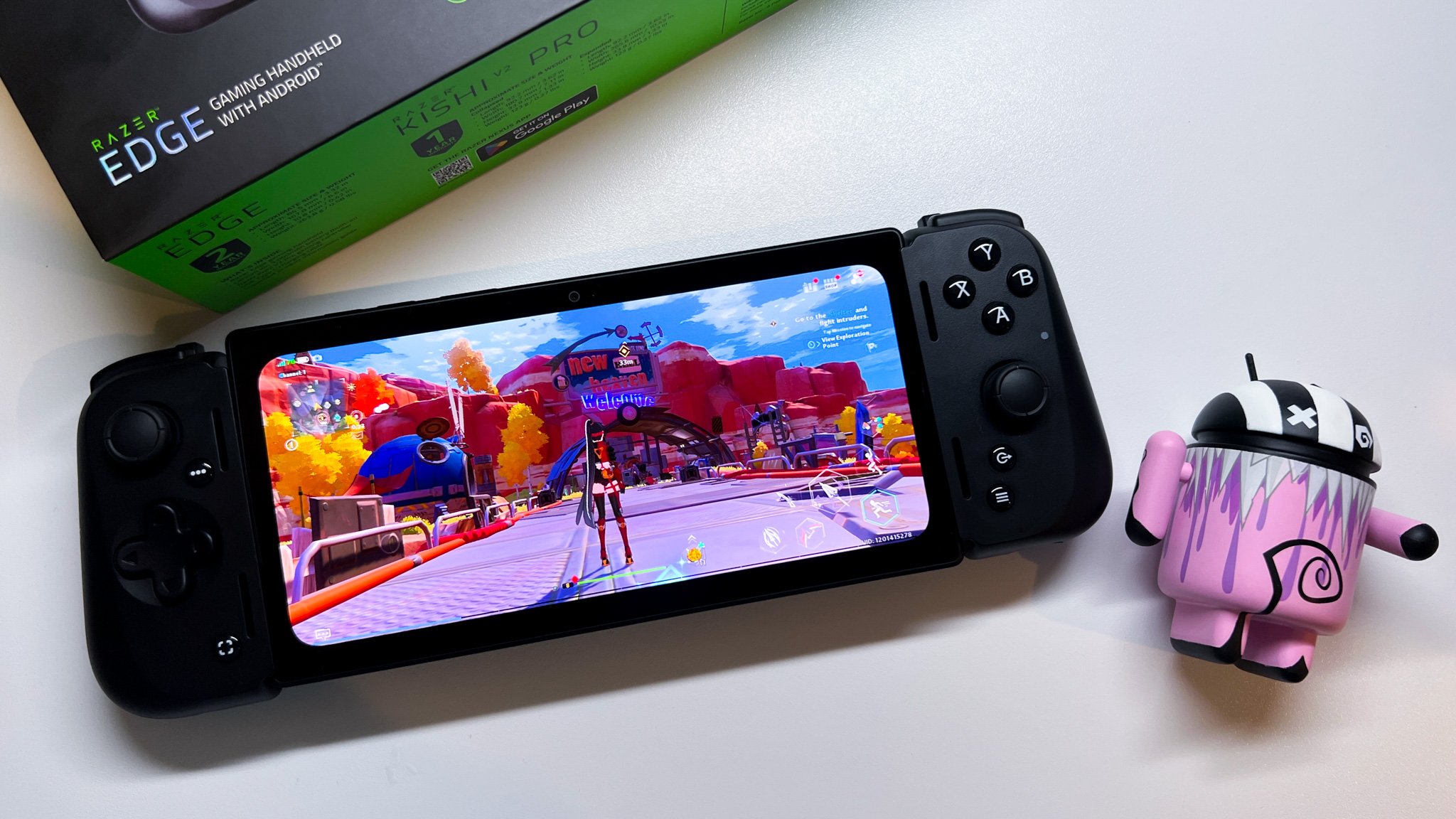

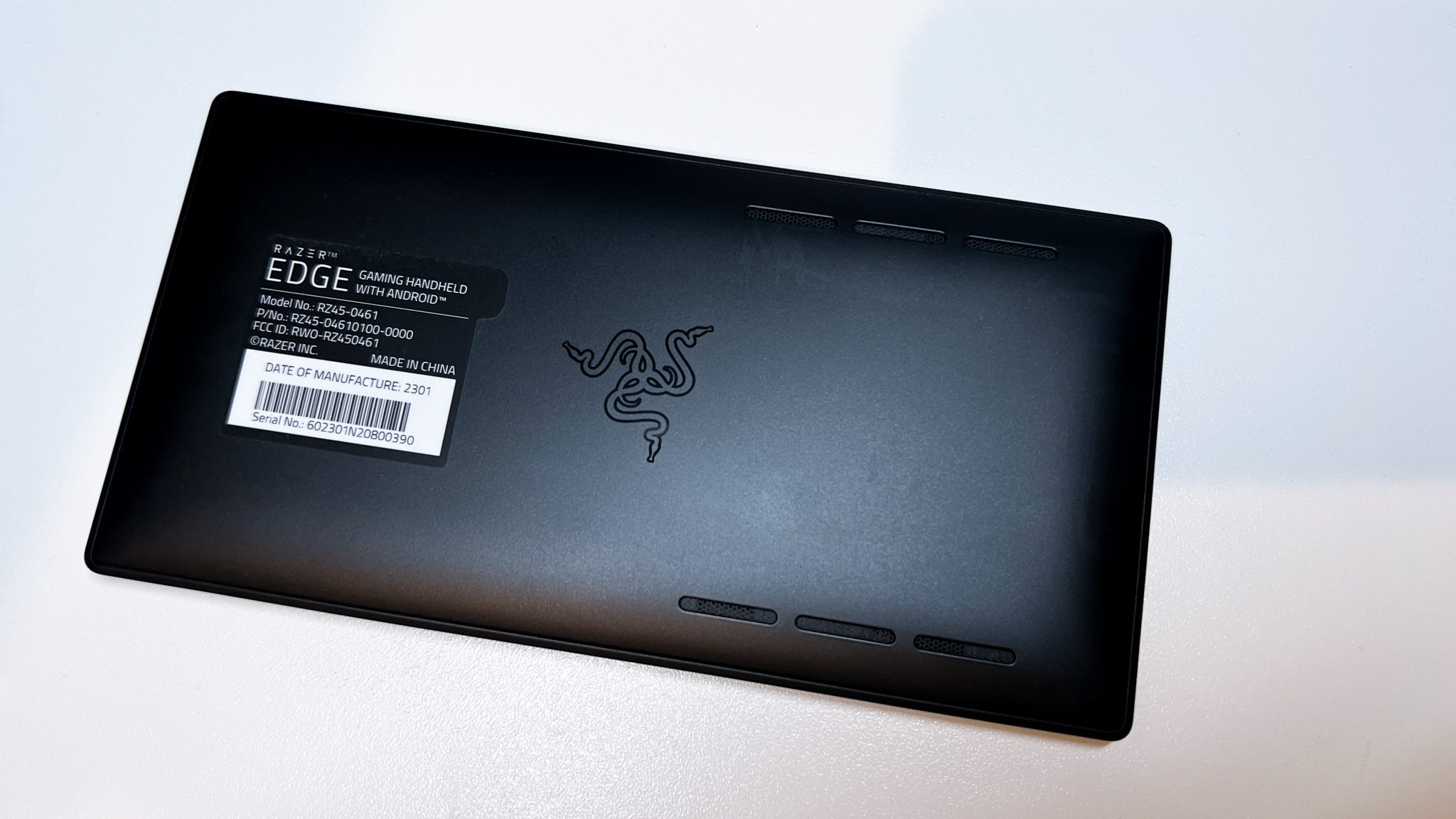
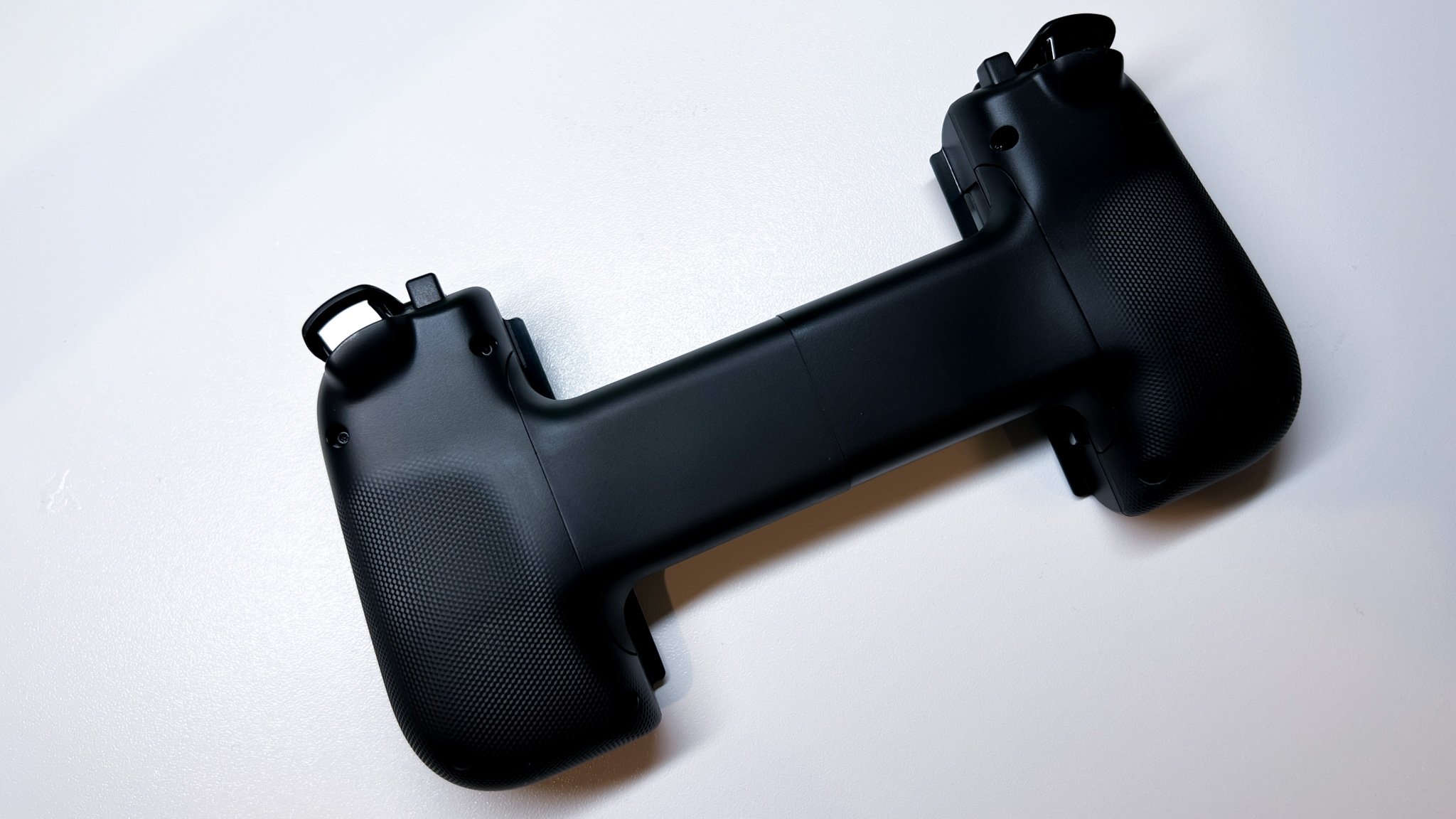
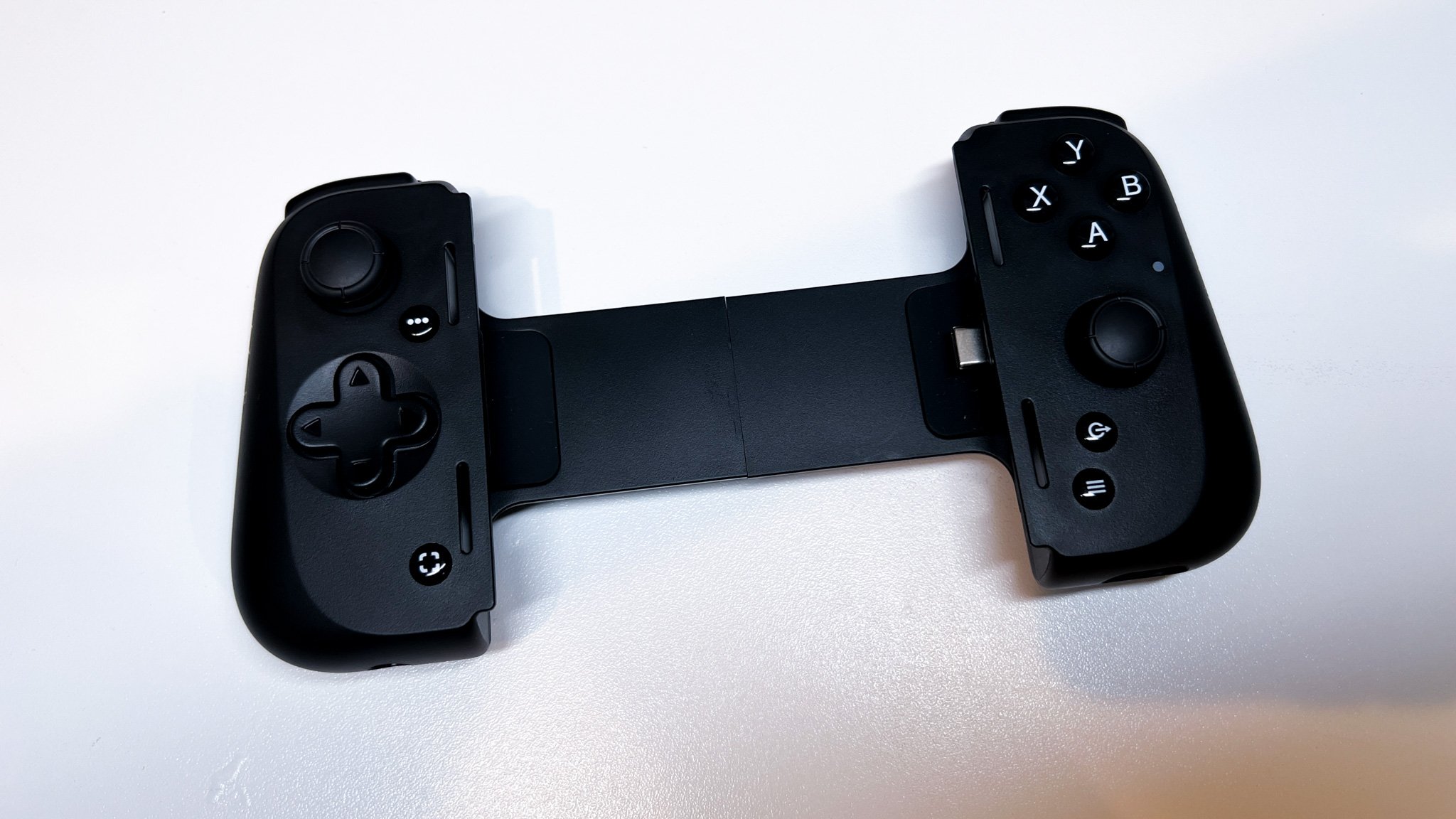
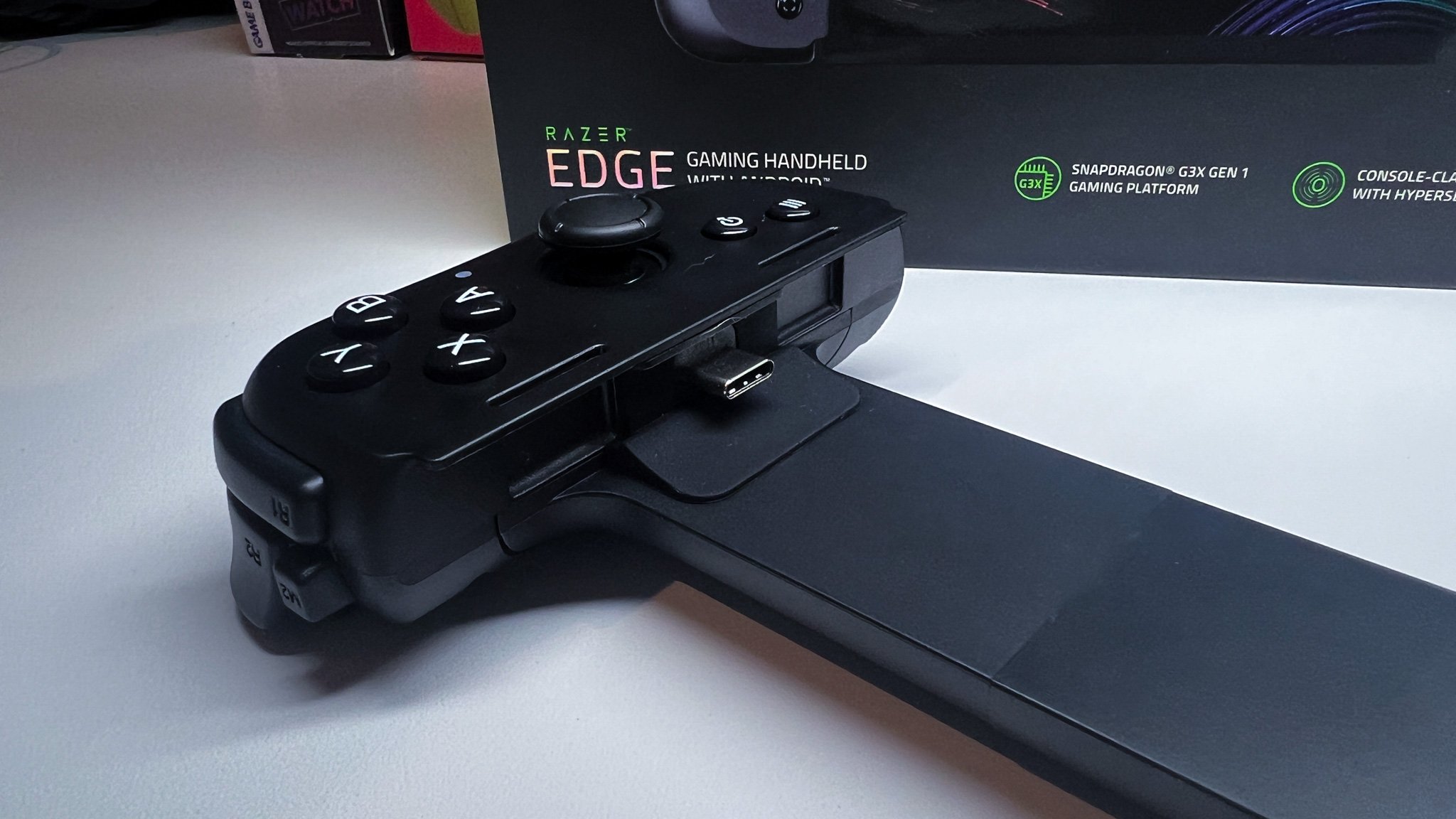
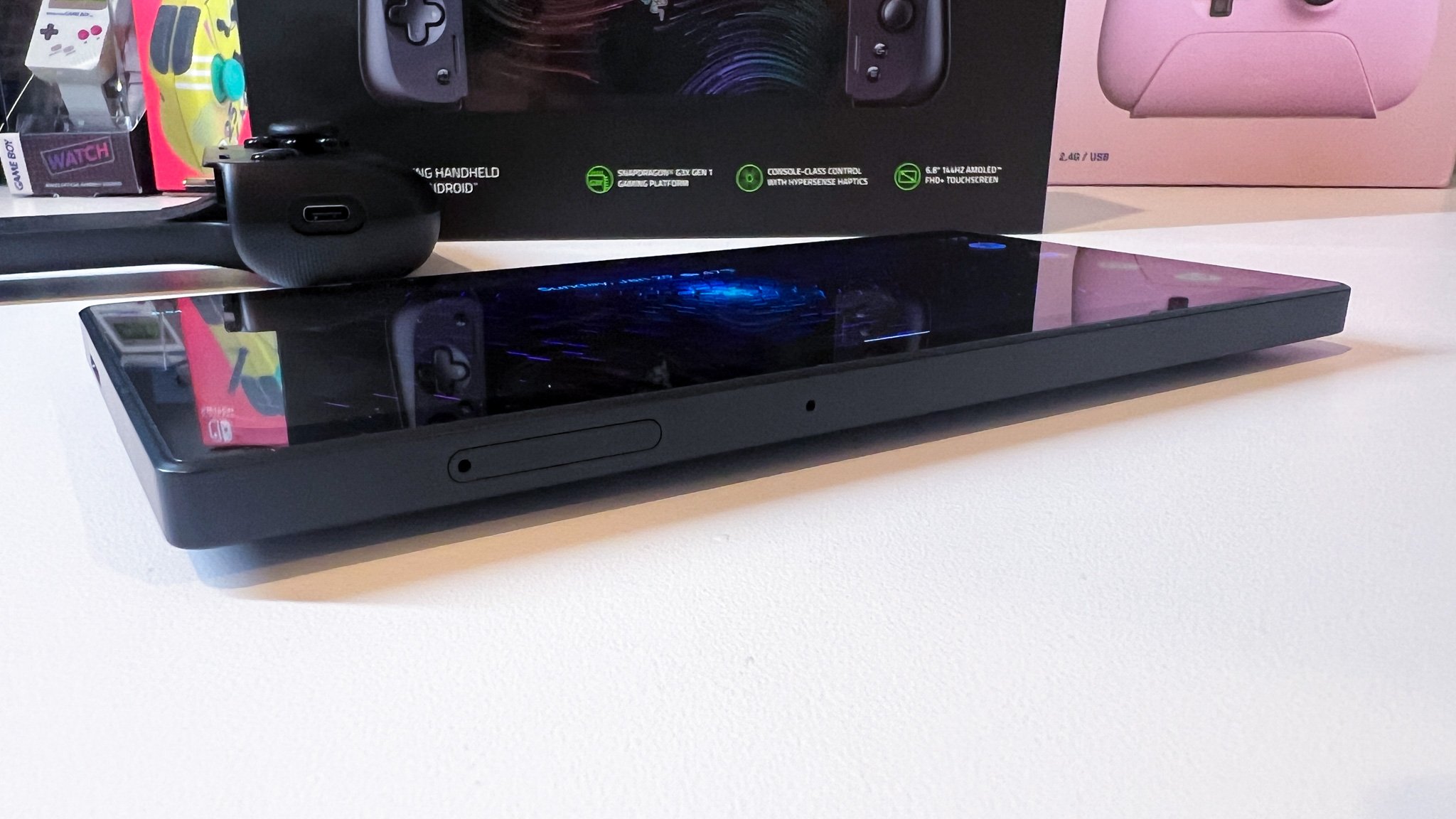
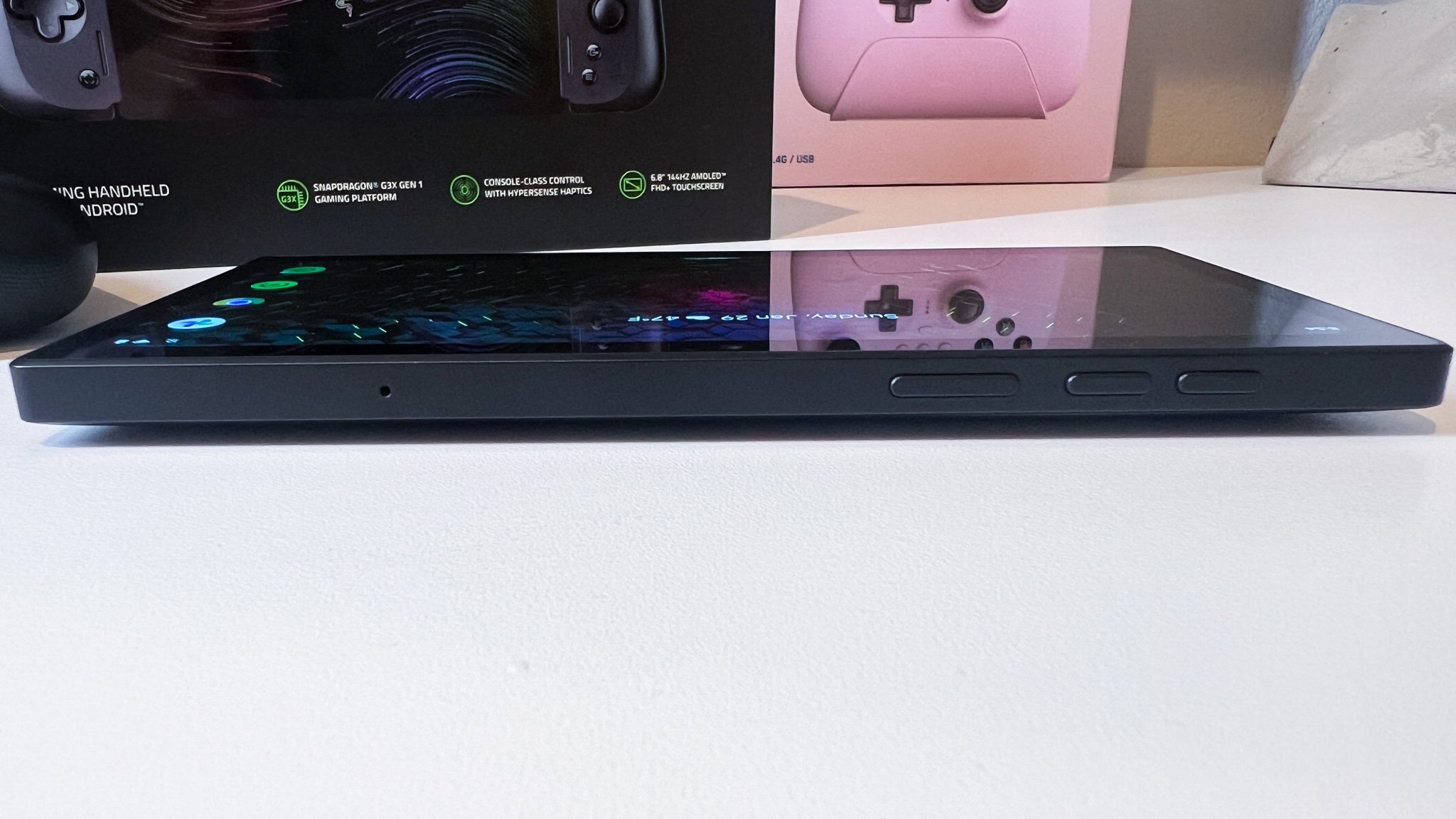
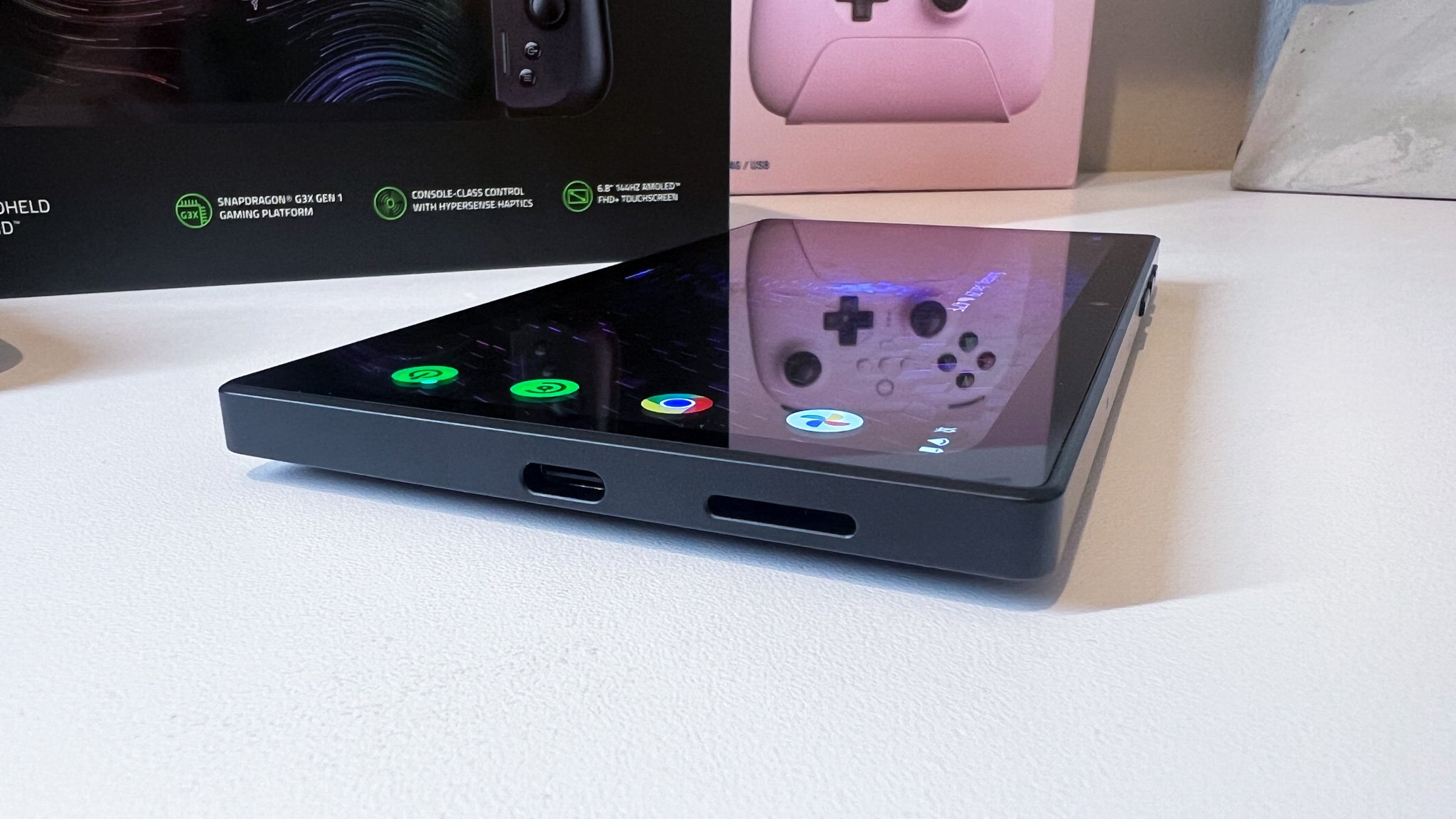


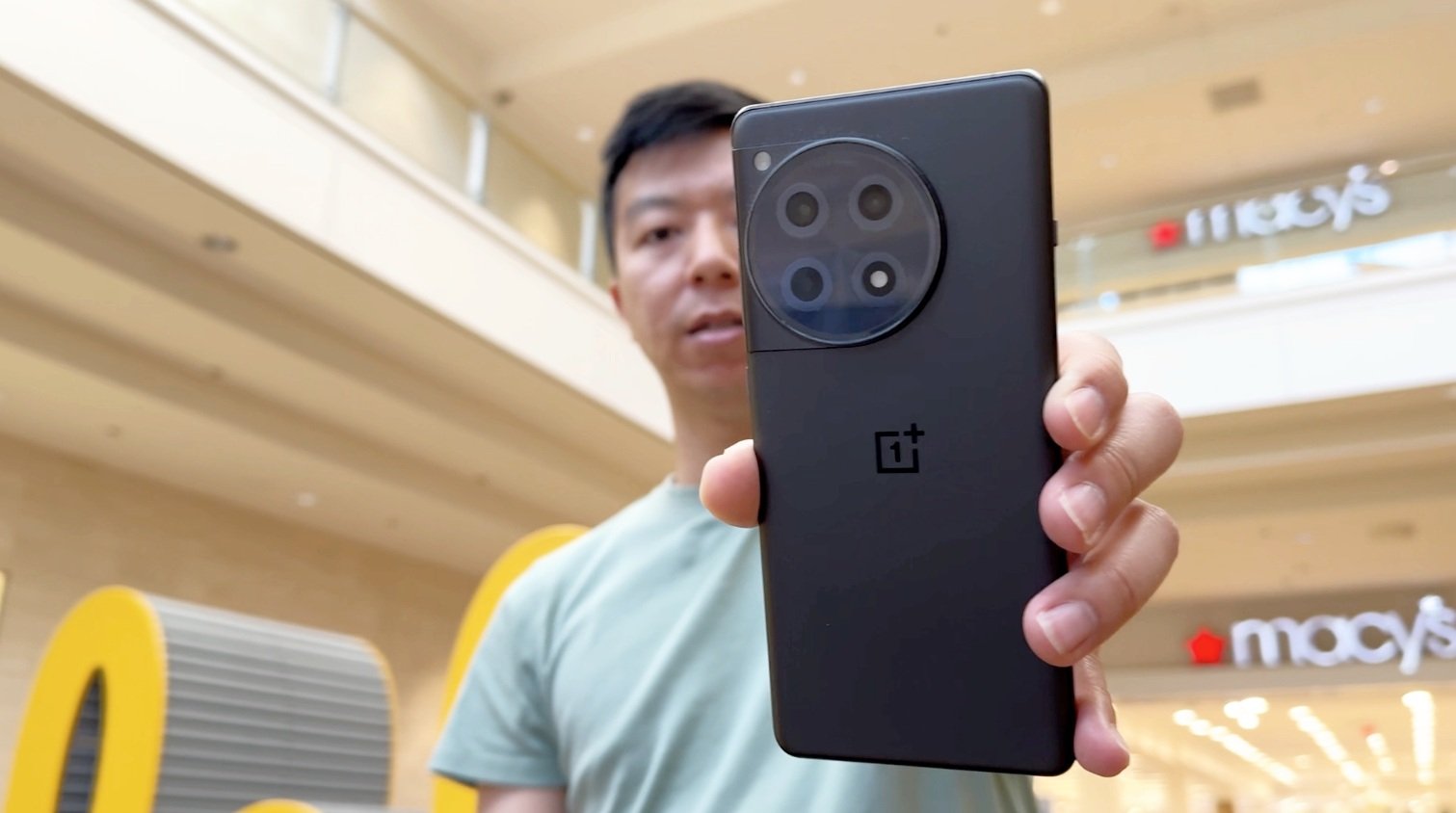








Alex
Caught in between the conundrum of his fascination with retro and the future, Alex has a very unique taste in technology. Never one to follow trends like his millennial peers yet constantly desiring to get ahead of the curve, he sees technology like he does his other love: comic books. Always looking for the best value or a hidden gem, his collector mindset reflects on some of his favorite gadgets: the Moto X (2015), HTC U11 and the Google Pixelbook. If there’s a good tech deal out there, Alex is on the hunt!